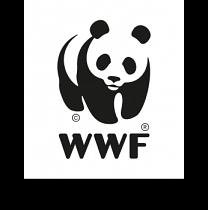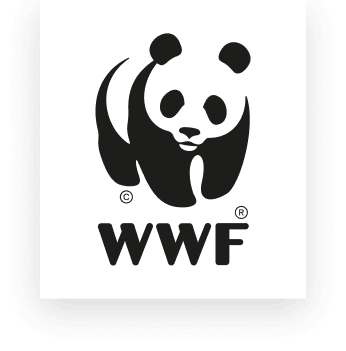The trouble with scrubbers: shipping’s emissions “solution†creates new pollution
For the past 60 years, the global shipping fleet has mostly run on high-sulfur heavy fuel oil (HFO), a tar-like byproduct of the crude oil distillation process. Highly toxic when burned and notoriously difficult to clean when spilled, HFO reigned supreme for decades because of its relatively low cost.
But with mounting evidence of ship emissions as a source of acid rain and respiratory illness, the true cost of HFO revealed itself. In response, MARPOL Annex VI (the key piece of international legislation on air pollution from ships) was adopted in 1997. Since coming into force in 2005, Annex VI has progressively reduced sulfur oxides, nitrogen oxides, and particulate matter emissions from ships.
Under Annex VI, the allowable sulfur content of marine fuels has decreased from 4.5 per cent prior to 2012 to 0.5 per cent as of January 1, 2020. In special emission control areas (ECAs), the sulfur content limit for fuels is 0.1 per cent. The sulfur content of HFO is about 3.5 per cent by mass.
Rather than rendering HFO unusable, Annex VI includes an exception which allows compliance through equivalent means. This means burning non-compliant fuel like HFO is legal if a vessel uses a technology to ensure smokestack emissions are equivalent to emissions produced by a compliant fuel like marine gas oil. However, some studies suggest that scrubber-equipped vessels burning HFO may not actually succeed in achieving equivalent emissions as vessels that simply use cleaner fuels without a scrubber.
Enter scrubbers
Scrubbers are exhaust gas cleaning systems that allow ships to continue burning this harmful but cheaper fuel. Alongside maximizing profits, scrubbers also cause acidification and pollution in the marine environment.
Scrubbers route exhaust gases into a chamber that uses a fine spray of “washwater†to remove sulfur oxides and other pollutants before venting into the atmosphere. Scrubbers are broadly classified into three types. Open-loop scrubbers, which account for more than 80 per cent of scrubber installations, use a continuous flow of seawater that gets discharged into the ocean in a contaminated and acidic state. Closed-loop scrubbers use freshwater treated with alkaline chemicals and periodically dump smaller volumes of more concentrated waste. About 17 per cent of scrubbers are hybrid systems that can function in either open- or closed-loop mode.
Open, closed or hybrid, the issue with scrubbers is that they don’t eliminate air pollution – they just transform it into water pollution.
Comments
There are 0 comments on this post








